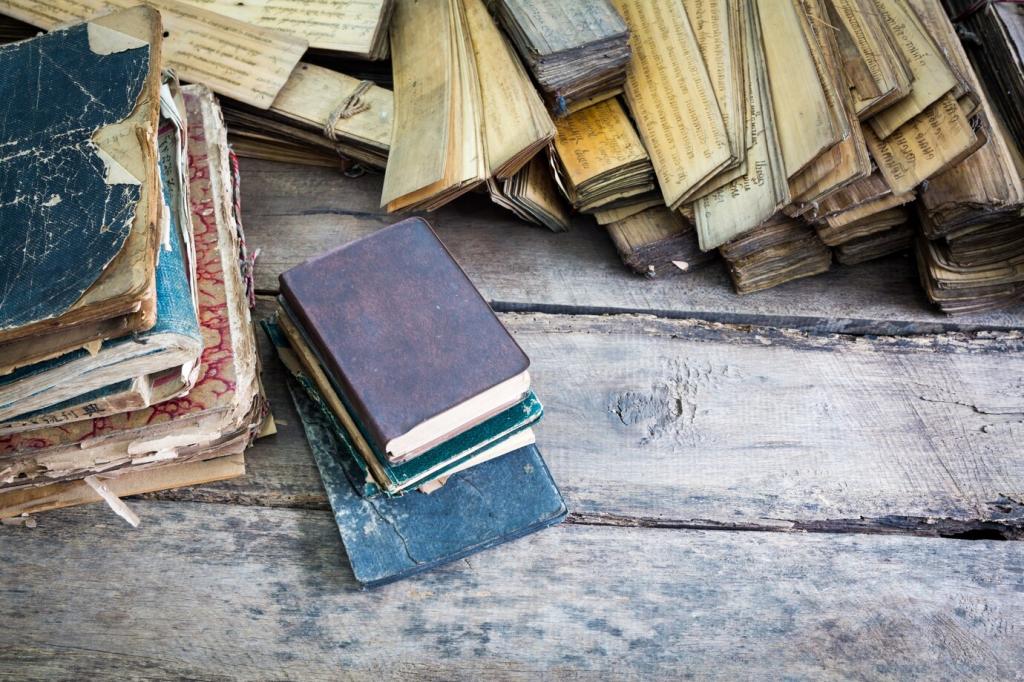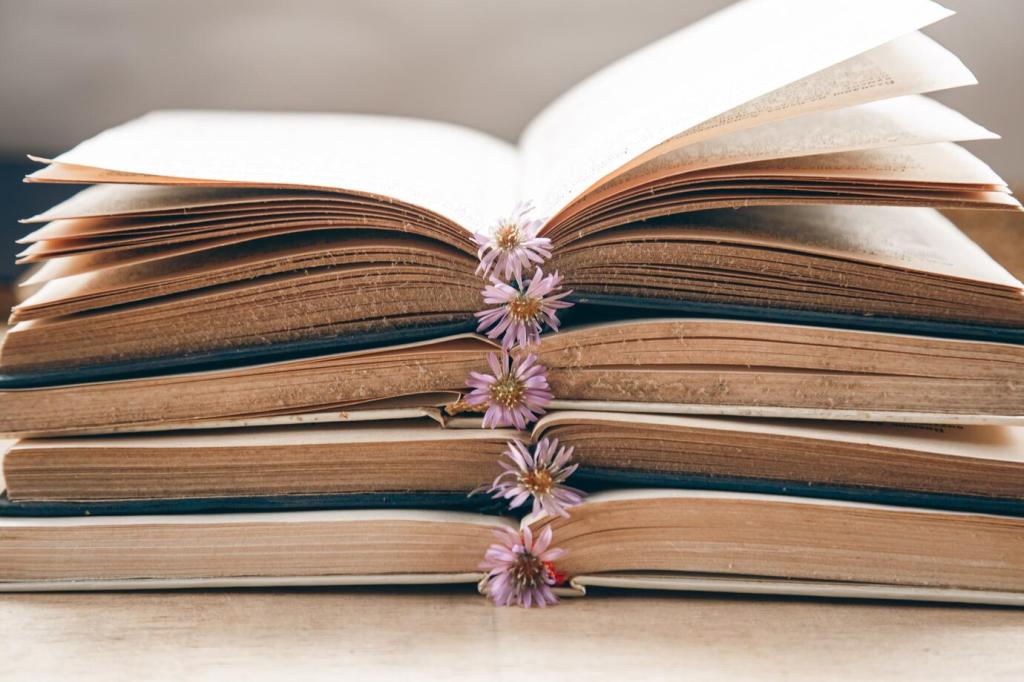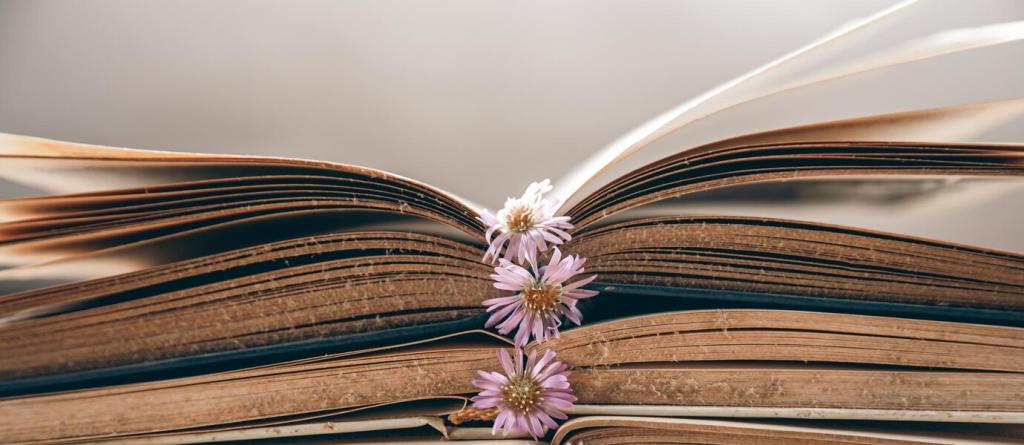Today’s chosen theme: Epic Historical Fiction Stories You Can’t Miss. Step into vast ages where real events ignite unforgettable narratives. Expect sweeping stakes, fully human heroes, and meticulous detail. Subscribe for weekly journeys across empires, revolutions, and quiet lives that changed history.
What Makes Historical Fiction Truly Epic
Epic historical fiction spans continents, decades, and upheavals, yet never loses sight of a single lantern flickering in one character’s window. The best stories braid personal survival with societal transformation, so every choice echoes across battlefields, marketplaces, palaces, and quiet kitchens alike.
What Makes Historical Fiction Truly Epic
We return to epics because characters feel carved by their era’s pressures—taxes, plagues, censorship, superstition, innovation. Their virtues and flaws are sharpened by scarcity and consequence. When they love, betray, or forgive, we sense history altering course one heartbeat at a time.


A Guided Tour of Eras Worth Exploring
Antiquity’s Thunder
From the phalanxes of classical Greece to the roads of imperial Rome and the libraries of Alexandria, antiquity gives epic fiction iron laws, fragile treaties, and dazzling logistics. Writers turn census tablets, temple rituals, and maritime trade into propulsive human drama.
Middle Ages and Renaissance Sparks
Guild halls clatter, manuscripts glow, and city-states scheme. Whether following a mason raising a cathedral or a courtier navigating volatile patronage, these eras offer intimate stakes amid sweeping change—plague survival, scientific upheaval, and art that risks careers or crowns.
Beyond Eurocentric Horizons
Epic stories thrive in the Abbasid Golden Age’s scholarly bustle, the Mali Empire’s caravans, dynastic China’s civil service rigor, or Tokugawa Japan’s delicate order. Crossing these settings reveals fresh moral puzzles, different cosmologies, and resonant parallels to questions we still ask today.
Authenticity That Sings, Not Suffocates
Archive letters, court rolls, ship logs, and street maps. Fact-check calendars and coinage. The goal isn’t trivia dumping; it’s confidence. With firm scaffolding, a writer can compress timelines ethically and spotlight the few details that make a room, treaty, or rumor feel undeniable.
Why These Stories Change Us
When a character risks everything to deliver grain through a winter blockade, we feel logistics as love. Empathy travels backward easily; the past becomes intimate, not exotic. Tell us which scene cracked your heart open—you’ll likely help another reader find that same doorway.
Canon, Countercanon, and Hidden Treasure
Tolstoy’s broad canvas, Mantel’s psychological precision, and Follett’s architectural momentum show different routes to epic scope. Rereading them reveals craft secrets: scene choreography, interiority under pressure, and historical texture that never feels ornamental. Which classic refuses to loosen its grip on you?


Canon, Countercanon, and Hidden Treasure
Seek epics set amid West African trade networks, the Nara court’s poetic intrigues, Andean roads whispering news, or the Mughal atelier’s pigments. Lesser-known frontiers offer startling freshness. Drop your favorite overlooked setting in the comments, and we’ll spotlight it in a future feature.

From Page to Screen and Back Again
Cinematography nails texture quickly—mud, brocade, smoke—yet often compresses political nuance. Use films as gateways, not substitutes. After watching, return to the novel for motives, policy ripples, and interior doubts that a close-up can’t quite translate without narration.

